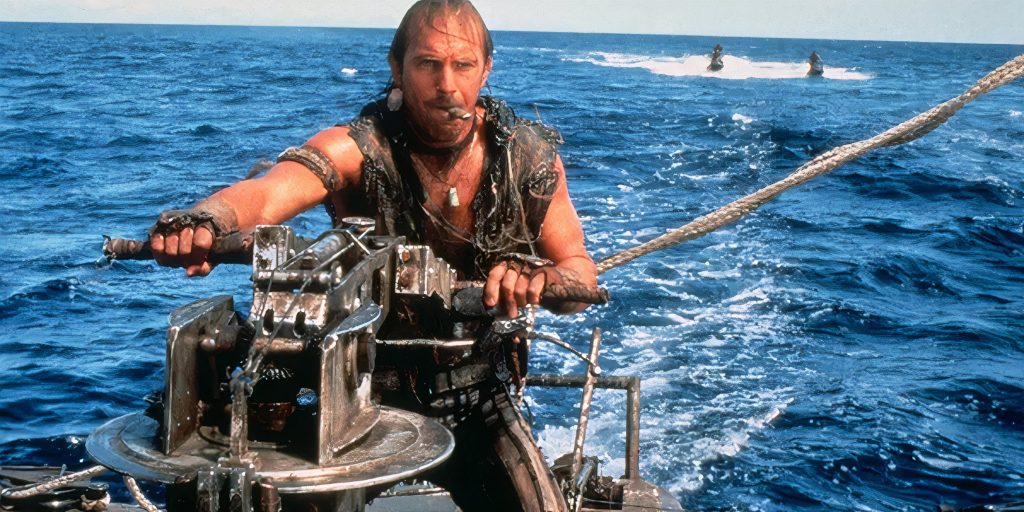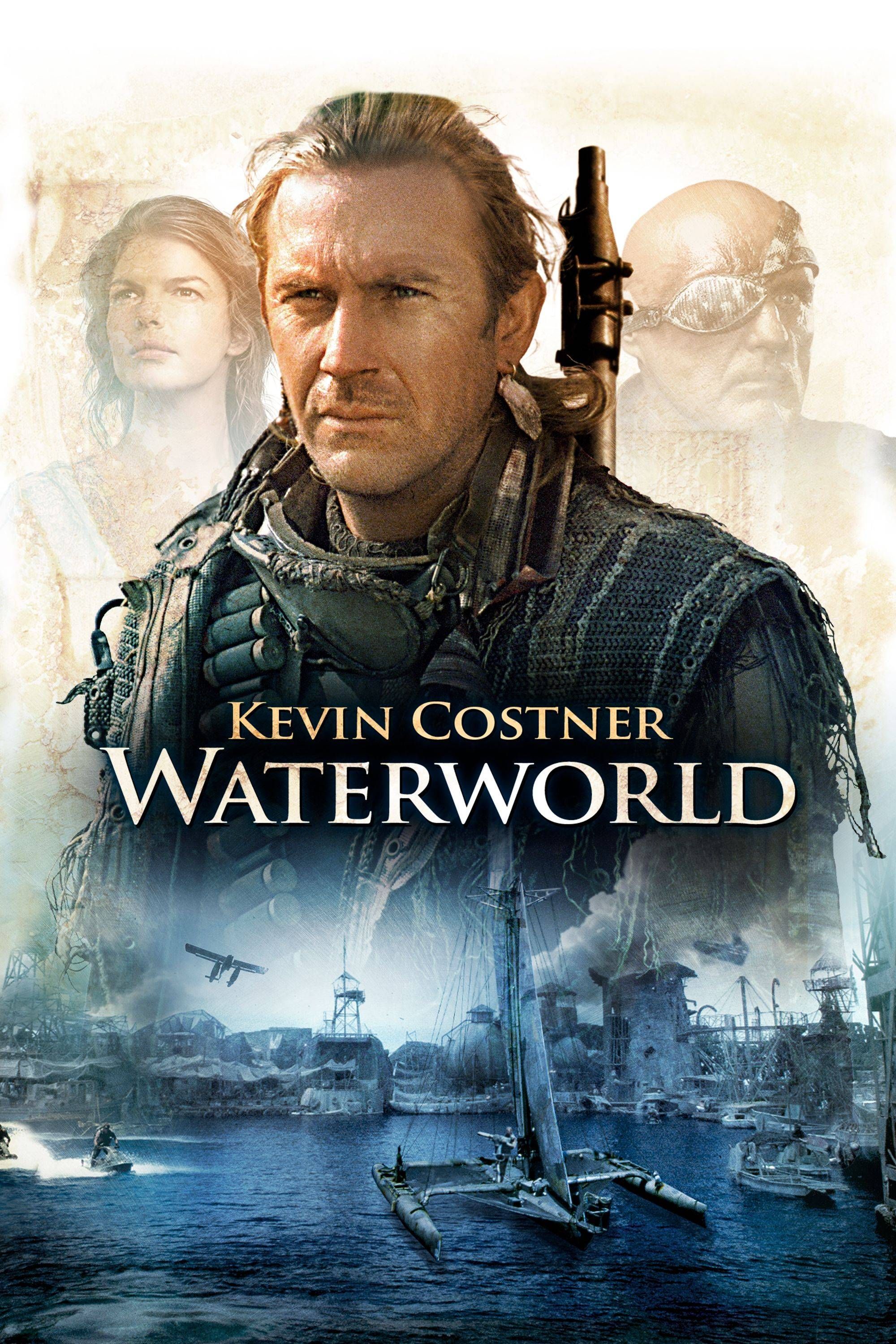When Kevin Costner’s Waterworld hit theaters in 1995, it was impossible to ignore the controversy behind the production. At the time, with an estimated budget of $175 million, it was the most expensive film ever made, a record that reflected its ambitious vision of a water-based post-apocalyptic world. But the film’s large scale and setting, shot primarily on the water, created major challenges, driving up costs and delays, making Waterworld a high-risk gamble for Universal Studios.
Despite the struggles and the media frenzy around its budget, Waterworld didn’t crash and burn as expected. While its U.S. box office earnings were underwhelming, it found success overseas and had a second life in home video, TV reruns, and even a popular theme park stunt show. Though it never became the major blockbuster studios predicted, Waterworld still made its name in pop culture, evolving from a financial risk to a cult classic.
Waterworld Is a Post-Apocalyptic Action Flick Set on the Water
Set in a future where the polar ice caps have melted and submerged almost all land, Waterworld takes place entirely on the ocean. What’s left of humanity survives on floating outposts, scavenging and trading for resources. Dirt is rare, fresh water is valuable, and dry land is considered a myth. The film follows Mariner (Kevin Costner), a mutant lone drifter who sails the ocean in a custom-built trimaran.
The script went through 36 revisions, with six different writers involved. Peter Rader, the original writer, had completed seven drafts before being replaced, and the script continued to be rewritten throughout filming.
However, things change when he meets Helen (Jeanne Tripplehorn), a woman running a floating trading post, and a young girl named Enola (Tina Majorino), who has a mysterious tattoo on her back that may hold the key to finding the last remaining dry land. But when the post is attacked by a group of raiders known as the Smokers – led by the one-eyed Deacon (Dennis Hopper) – the Mariner helps the girls escape, and together, they go on a pursuit for dry land with the Smokers not far behind.

Related
Kevin Costner & Gene Hackman’s 92% Fresh Neo-Noir Thriller Lands a New Streaming Home
An ’80s classic featuring Oscar winners Kevin Costner and Gene Hackman premieres on a new streaming home.
Waterworld Had Record-Breaking Production Costs
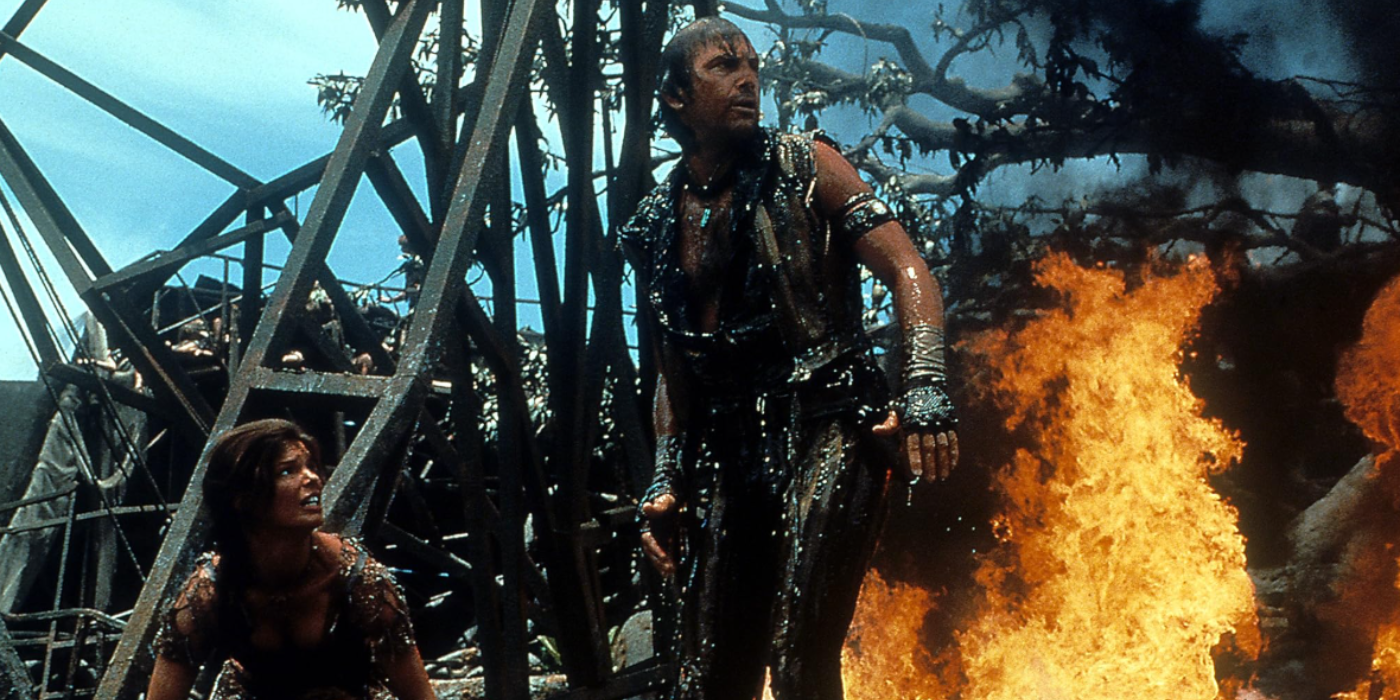
When Waterworld was released, the conversation around it had less to do with the story and more to do with how much it cost to make. With a final budget somewhere around $175 million, a large amount for the time, it broke records as the most expensive film ever made. A big reason for that was the scale of production. Waterworld was filmed almost entirely on water, off the coast of Hawaii, using floating sets that had to be built, anchored, and maintained in open ocean conditions. That alone drove up costs and delays.
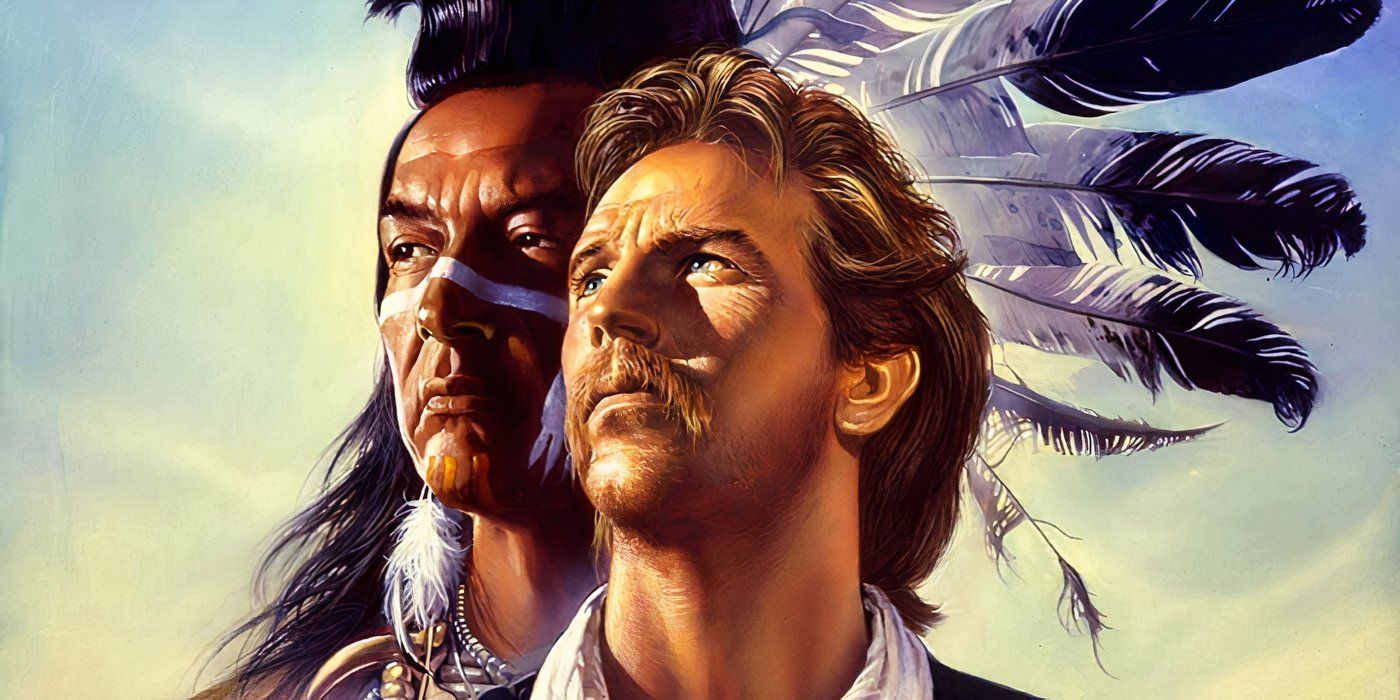
Related
35 Years Ago, Kevin Costner’s Masterpiece Quietly Changed Western Cinema Forever
Dances with Wolves revitalized the Western genre and inspired new kinds of Westerns that are made still to this day.
Shooting on water isn’t an easy task, and Waterworld proved why. The sets were hard to move, weather caused major delays, and the ocean regularly damaged equipment. Even the film’s custom-made trimaran had to be redesigned mid-shoot after it started falling apart. On top of that, Kevin Costner, who not only starred in the movie but had a heavy hand in creative control, clashed with the film’s original director, Kevin Reynolds. Their disagreements over direction led to Reynolds leaving the project before it was finished, with Costner stepping in to oversee final edits. All of that added time and money to an already massive production.
Kevin Reynolds’ original three-hour version was shortened to a 135-minute theatrical release by Kevin Costner and the studio.
Because of its record-breaking budget, the expectations were sky-high. And that didn’t help its reputation, with critics and media outlets quick to label it a disaster before it even hit theaters. When it finally did, reviews were mixed. Some praised the world-building and the ambition of the film, while others found the plot thin and the pacing uneven. Still, Waterworld wasn’t the total flop people expected. It made about $88 million at the U.S. box office — which, on its own, wasn’t enough to cover the budget — but it performed much better overseas, bringing its total gross to around $264 million. It also made more money in the years that followed through home video, television rights, and tie-ins.
So, while it didn’t smash records at the box office the way studios had hoped, Waterworld eventually recovered from its early reputation. It wasn’t the disaster that headlines suggested, but it wasn’t a smash hit either. It landed somewhere in the middle. A massive swing that didn’t quite connect but still left a mark.
Waterworld’s Troubled Legacy Changed How Studios Handle Big Budgets
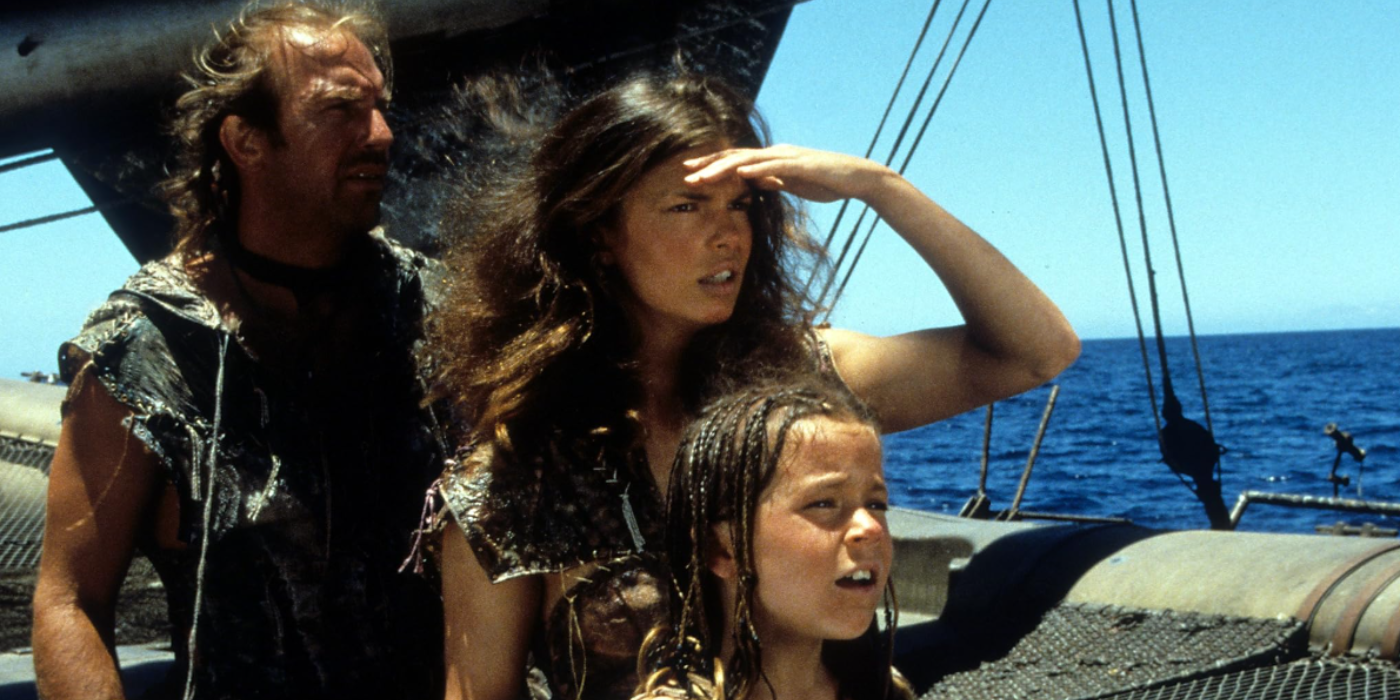
Waterworld’s production issues left a lasting impact on the film industry. After its release, the film became a cautionary tale for studios undertaking big-budget films. For one, the film made studios more cautious about the scope of their productions. Before Waterworld, there was a sense of ambition for filmmakers to build huge sets or shoot in challenging and exotic locations. But the problems faced during the film’s production brought to light the reality of such grand-scale projects. The huge cost overruns and logistical headaches served as a clear lesson about balancing creativity with practicality.
Even Kevin Costner contributed $22 million of his own funds to finance the film.
The impact of Waterworld’s troubled production can be seen in the years that followed. Later films with similarly high budgets, like John Carter and Battlefield Earth, suffered similar fates of financial underperformance despite massive investments. These films, like Waterworld, lacked the critical acclaim needed to back up their budgets. Studios took note that, despite the potential for global success, the risks of such big-budget films required careful planning and management.

Related
Resident Evil Director’s Post-Apocalyptic Action Movie Clip Unites Milla Jovovich & Dave Bautista
The film hits theaters this weekend.
Despite its eventual financial recovery, Waterworld also introduced a more conventional approach to spending for Hollywood studios in the following decades. Filmmakers began to rethink the need for large set pieces and costly on-location shoots when digital effects and more efficient production methods were available. The era of physical sets, especially for fantasy and sci-fi epics, began to wane as studios learned that less risky alternatives, such as more controlled environments or CGI-heavy filmmaking, could deliver similar results without the unpredictability of large-scale productions.
How Waterworld Found a Second Life After Theaters
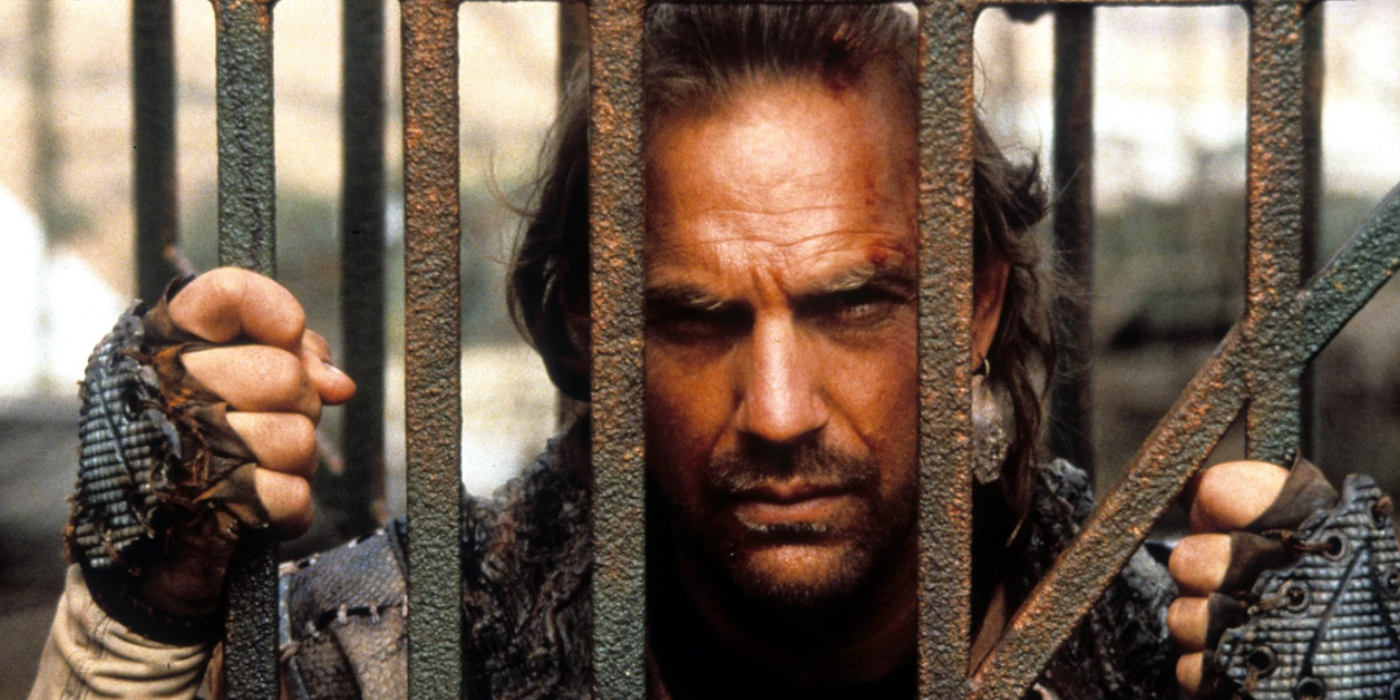
While Waterworld didn’t have the box office success studios hoped for, it was far from a forgotten film. Its eventual recovery came from its second life in home video, TV reruns, and even theme park attractions. When Waterworld first hit home video, its reception was different from the critical backlash it faced in theaters. Fans who missed it on the big screen or had written it off after its initial reception were now able to experience it on their own terms. Over time, the film found a new fanbase, one that appreciated its visuals, setting, and its post-apocalyptic world. TV reruns also played a crucial role in reviving the film’s reputation. It became the kind of movie that, while never quite becoming a classic, had enough to attract those seeking an offbeat action film.
The film received a nomination for Best Sound at the 68th Academy Awards.
But perhaps one of the most surprising ways Waterworld found a second life was through its theme park attraction. In 1995, just a year after the film’s release, Universal Studios launched the Waterworld stunt show at their Hollywood theme park. The attraction quickly became a crowd favorite, running for over two decades, turning Waterworld from a box-office disappointment into an ongoing spectacle that fans could experience in person.
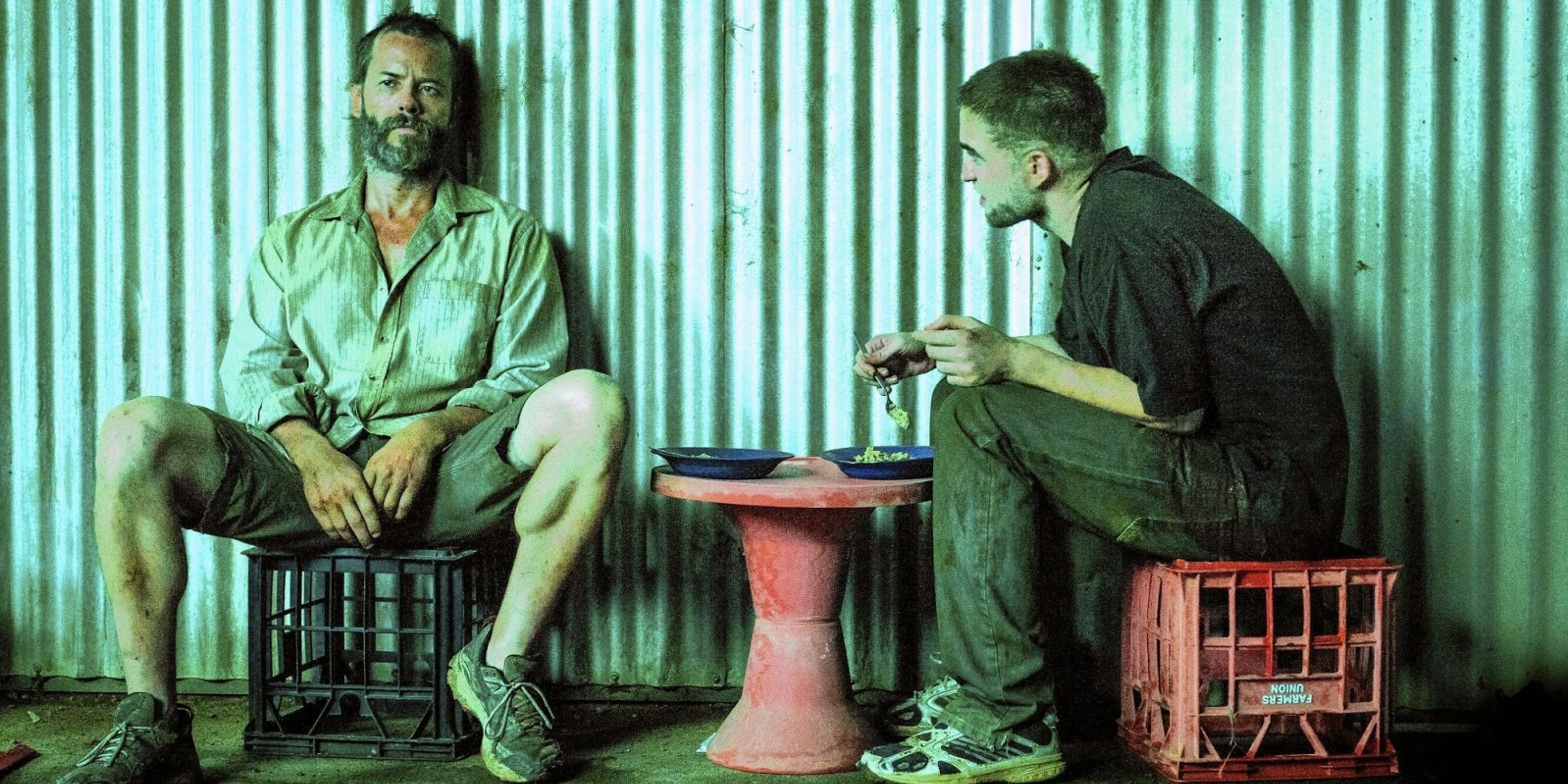
Related
This 10-Year-Old Robert Pattinson Film Is a Post-Apocalyptic Western Hidden Gem
As the first film Robert Pattinson starred in after the Twilight Saga, this Australian post-apocalypse Western is as gorgeous as it is brutal.
In the years following its release, Waterworld proved that its legacy was far from a disaster, despite initial expectations. While it didn’t break box office records, it eventually found a place in pop culture, gaining a loyal fanbase through home video and TV reruns. What started as a production nightmare, filled with delays and conflicts, turned into a cult classic that, though never the blockbuster it was meant to be, carved out a lasting presence. In the end, Waterworld proved that even films with troubled productions could find a place.



